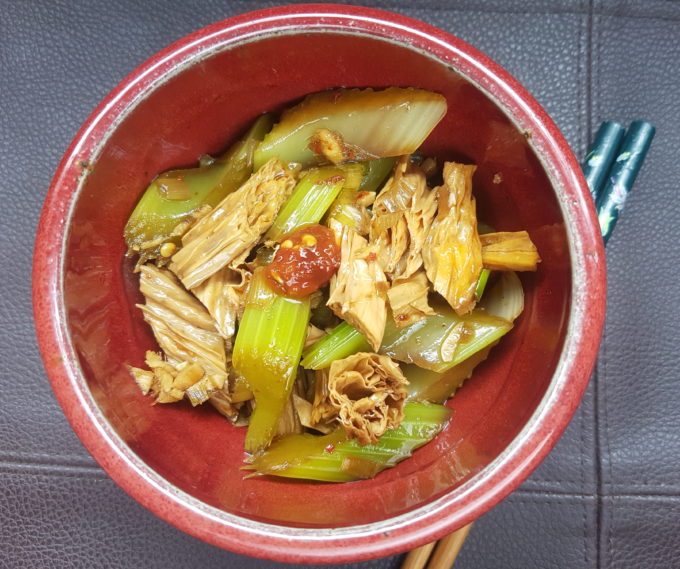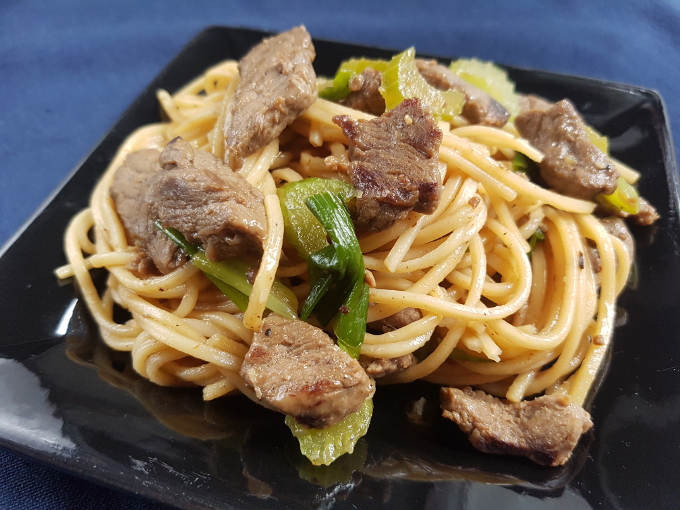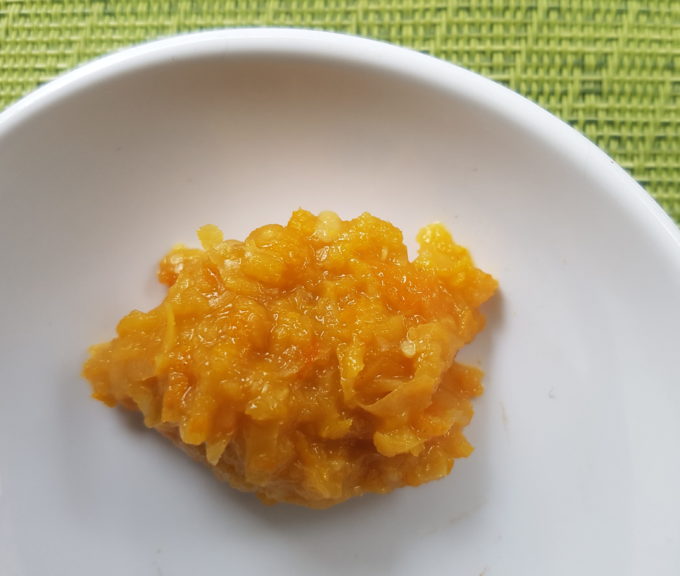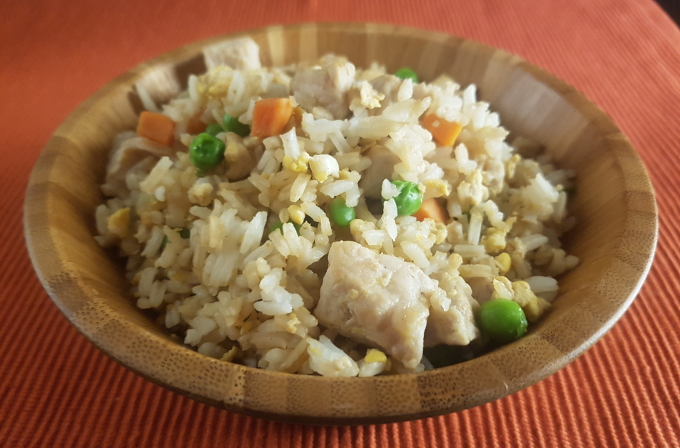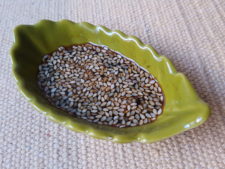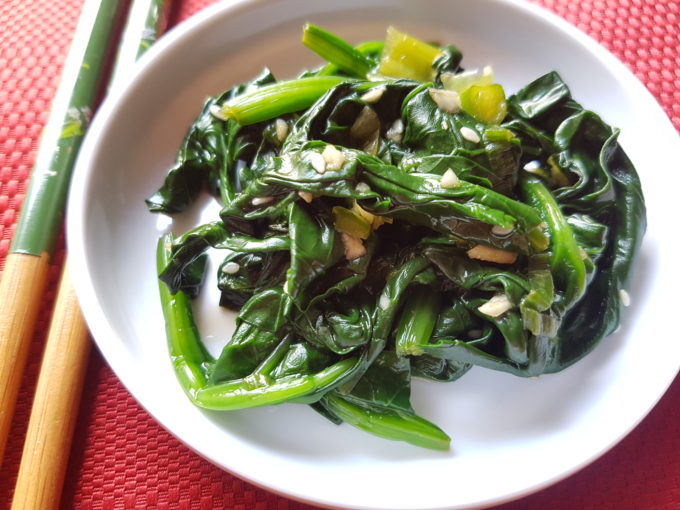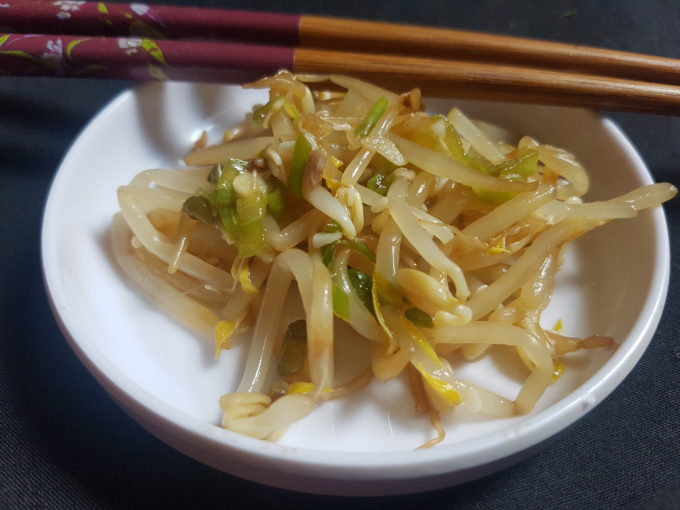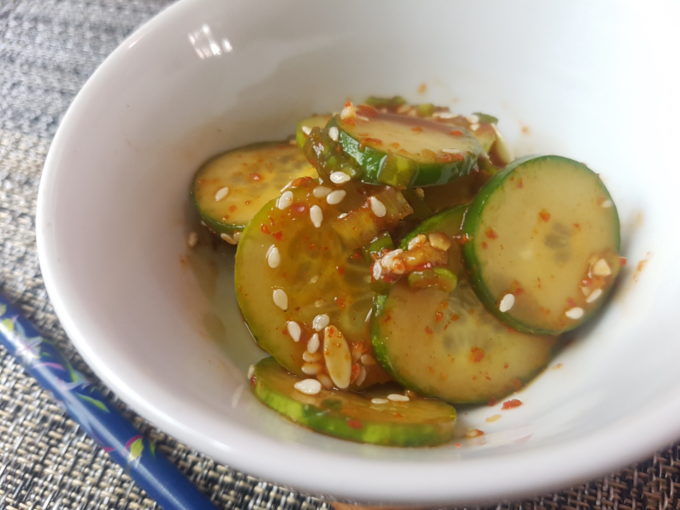This super easy and very cheap salad can be served warm or cold. The recipe below makes for a mildly hot dressing. You can of-course add more chili as desired. The same goes for the sesame oil. I tend to only like a little bit in my dishes, but feel free to add more to […]
Read moreI’m not any kind of Chinese food chef – nor do I claim to really know a lot about the modern Americanized version of Chinese cuisine – but I do know a good meal when I see one. This dish isn’t anything fancy, but it has all the elements of a good meal thrown nicely […]
Read moreCitrus Junos, known as Yuzu (ユズ) in Japanese, and yuju (유자) in Korean, is the name of a particular type of rather small, very seedy, citrus fruit. Although it is commonly used fresh, and to make ponzu in particular, you will very often find it in a fermented form combined with chilis and salt, as […]
Read moreLet me start off by saying that this recipe is not a clone of what you’re going to find at a typical Chinese restaurant. I’ve never worked at a Chinese restaurant so I don’t exactly know all the details of what’s involved. However, I do have a couple of ideas. First, I’m pretty certain they […]
Read moreThis sauce is a SUPER EASY staple to have in your repertoire. Perhaps you’ll measure for the first few times you make it, but soon enough you will find that you can easily toss together a rough proportion, or even experiment with some of your other favorite flavors, (try adding ginger or substituting ponzu!) for […]
Read moreFirst off, always give credit where credit is due. Although there are some subtle changes that make this recipe my own, I definitely used Anthony Bourdain’s recipe as a major leaping off point. As soon as I read that he uses a two day technique with a partial fry and a freeze in the middle, […]
Read moreSigeumchi-namul 시금치나물, from sigeumchi for spinach and namul because it is a vegetable dish, is one of the most common banchan (Korean side dish), and also one of the easiest! Best of all it isn’t spicy, so everyone can enjoy it! It’s funny to me that even as a family that isn’t particularly fond of […]
Read more“What is the Korean name for this dish?” you ask. Well that depends on what kind of bean sprouts you use. First and foremost this dish is a namul (나물) , referring to a steamed, stir-fried, or marinated vegetable dish. However, sukju-namul is the name for bean sprouts in general. Now soy bean sprouts are […]
Read moreOi-muchim (오이무침): oi for cucumber and muchim for mixed or tossed, this quick Korean side dish is very common as a snack and of-course a banchan for any meal or special bapsang. (Sometimes it is also written as Oi Saengche (오이생채) from the Chinese influenced Korean writing for live vegetable since it is not ‘dead’/cooked.) […]
Read moreOjingeo means squid, and chae means shredded or julienne so Ojingeochae (오징어채) is dried squid strips, and then you add muchim (무침) meaning mixed to title the dish. As the second half of the name implies the sauce and the dried squid strips, (already processed with salt and sometimes sugar,) are simply mixed together and […]
Read more
